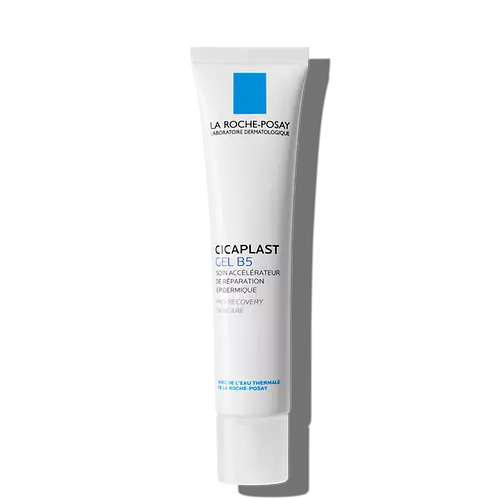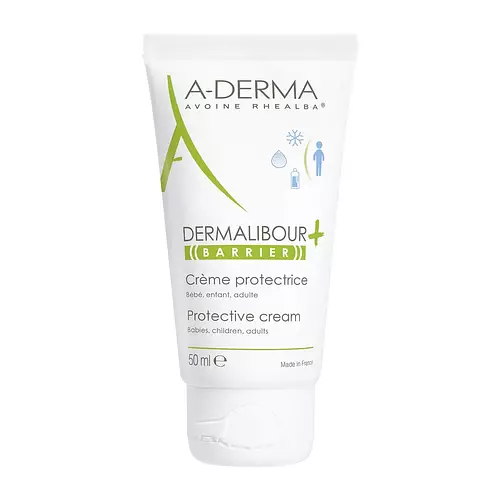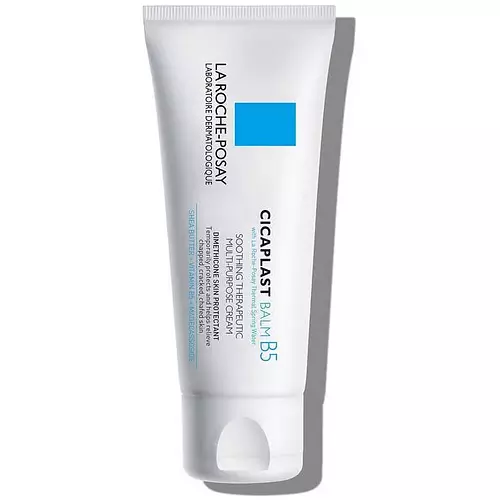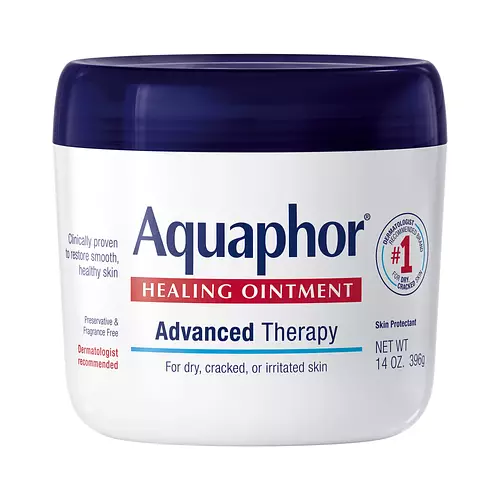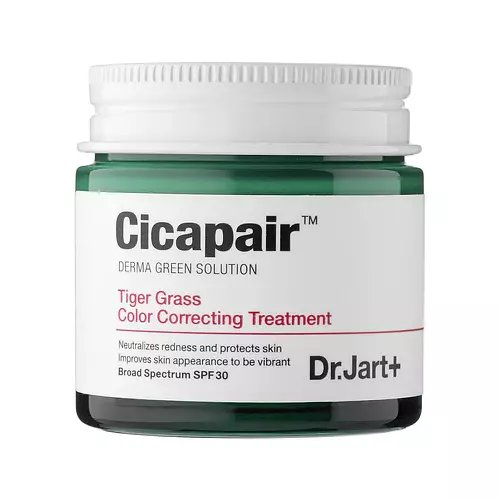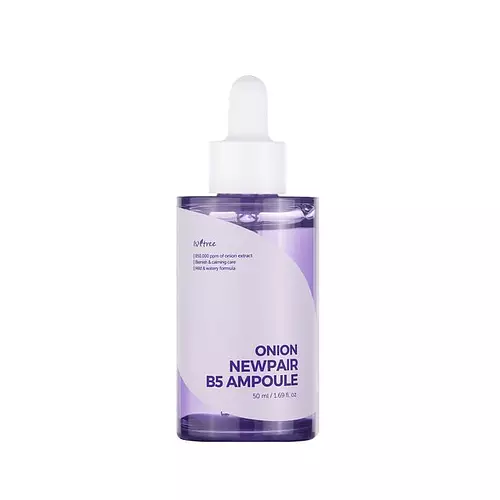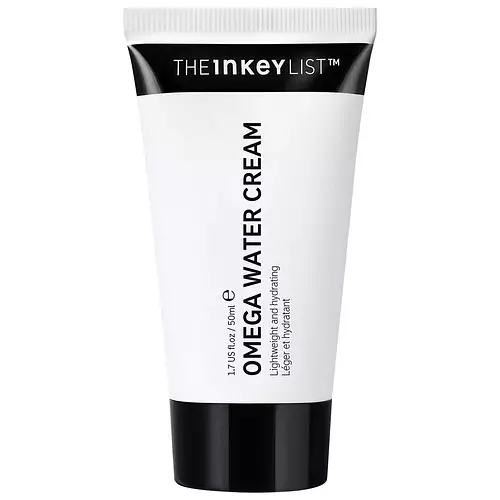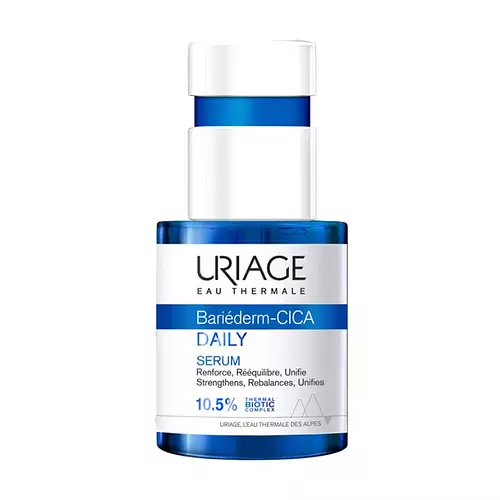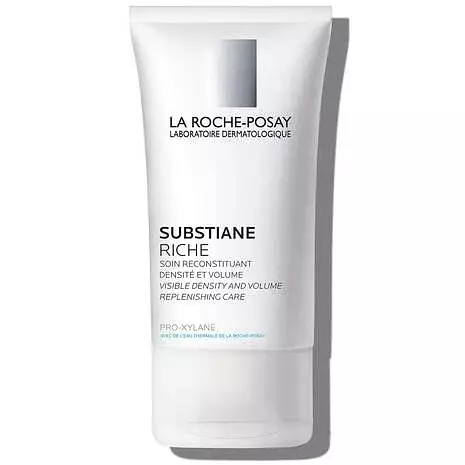Updated on February 13, 2024
Overview
Suited For
They're both likely to be good for dry skin and brightening skin
Free From
They both do not contain any harsh alcohols, common allergens, fragrances or parabens
We independently verify ingredients, and our claims are backed by peer-reviewed research. Spot a product that needs an update? Let us know.
Ingredient Info
La Roche-Posay Cicaplast Gel B5 19 ingredients
A-derma Dermalibour+ Barrier Cream 22 ingredients
At a glance
Click on any of the items below to learn more
La Roche-Posay Cicaplast Gel B5 19 ingredients
A-derma Dermalibour+ Barrier Cream 22 ingredients
Notable Ingredients
This product contains 1 ingredient that may have this attribute:
This product contains 1 ingredient that may have this attribute:
Benefits
This product contains 1 ingredient that may have this attribute:
This product contains 2 ingredients that may have this attribute:
This product contains 2 ingredients that may have this attribute:
Notable Ingredients
This product contains 1 ingredient that may have this attribute:
This product contains 1 ingredient that may have this attribute:
Benefits
This product contains 1 ingredient that may have this attribute:
This product contains 1 ingredient that may have this attribute:
This product contains 1 ingredient that may have this attribute:
Concerns
This product contains 1 ingredient that may have this attribute:
This product contains 1 ingredient that may have this attribute:
Ingredients Side-by-side
Ingredients Explained
These ingredients are found in both products.
Ingredients higher up in an ingredient list are typically present in a larger amount.
Water. It's the most common cosmetic ingredient of all. You'll usually see it at the top of ingredient lists, meaning that it makes up the largest part of the product.
So why is it so popular? Water most often acts as a solvent - this means that it helps dissolve other ingredients into the formulation.
You'll also recognize water as that liquid we all need to stay alive. If you see this, drink a glass of water. Stay hydrated!
Learn more about WaterGlycerin is already naturally found in your skin. It helps moisturize and protect your skin.
A study from 2016 found glycerin to be more effective as a humectant than AHAs and hyaluronic acid.
As a humectant, it helps the skin stay hydrated by pulling moisture to your skin. The low molecular weight of glycerin allows it to pull moisture into the deeper layers of your skin.
Hydrated skin improves your skin barrier; Your skin barrier helps protect against irritants and bacteria.
Glycerin has also been found to have antimicrobial and antiviral properties. Due to these properties, glycerin is often used in wound and burn treatments.
In cosmetics, glycerin is usually derived from plants such as soybean or palm. However, it can also be sourced from animals, such as tallow or animal fat.
This ingredient is organic, colorless, odorless, and non-toxic.
Glycerin is the name for this ingredient in American English. British English uses Glycerol/Glycerine.
Learn more about GlycerinCitric Acid is an AHA derived from citrus fruits (think oranges, lemons, and limes!).
As an AHA, Citric Acid removes the top layer of skin cells from the newer layer of skin underneath. This helps skin to remove dark spots and even out skin tone.
If you spot Citric Acid near the end of an ingredient list, it's likely there as a pH adjuster rather than an active ingredient.
Read more about some other popular AHA's here:
Learn more about Citric AcidIngredient Ratings
Here's what our community thinks of the ingredients in these two products.
When to use
La Roche-Posay Cicaplast Gel B5 19 ingredients
A-derma Dermalibour+ Barrier Cream 22 ingredients

Reviews
Here's what our community thinks
La Roche-Posay Cicaplast Gel B5 19 ingredients
jazzzzz1
After searching high and low for yeeeeaars to find a moisturiser that didn't break my acne-prone oily skin out, I finally found one that works for...
After searching high and low for yeeeeaars to find a moisturiser that didn't break my acne-prone oily skin out, I finally found one that works for me. Not only has this helped calm my inflamed acne, it leaves my skin feeling really hydrated. I wrecked my skin barrier by overusing Differin and this was the only thing that helped repair my skin barrier and didn't break me out. I used the Cicaplast balm before this and although it soothed my skin, I found it to be too heavy and I was worried about the comedogenic ingredients.
The only thing I don't like about it is it can make my skin look little shiny and feels quite silicone-y on the skin, so for most people it will probably be best to use at night. I use it morning and night and haven't had any issues with it pilling under my foundation.
SarahS
Love it!!!!! I used it on my face that had broken out really bad from rosacea and it worked wonders. I used it after la Roche posay brightening...
Love it!!!!! I used it on my face that had broken out really bad from rosacea and it worked wonders. I used it after la Roche posay brightening face wash and a moisturizer.
